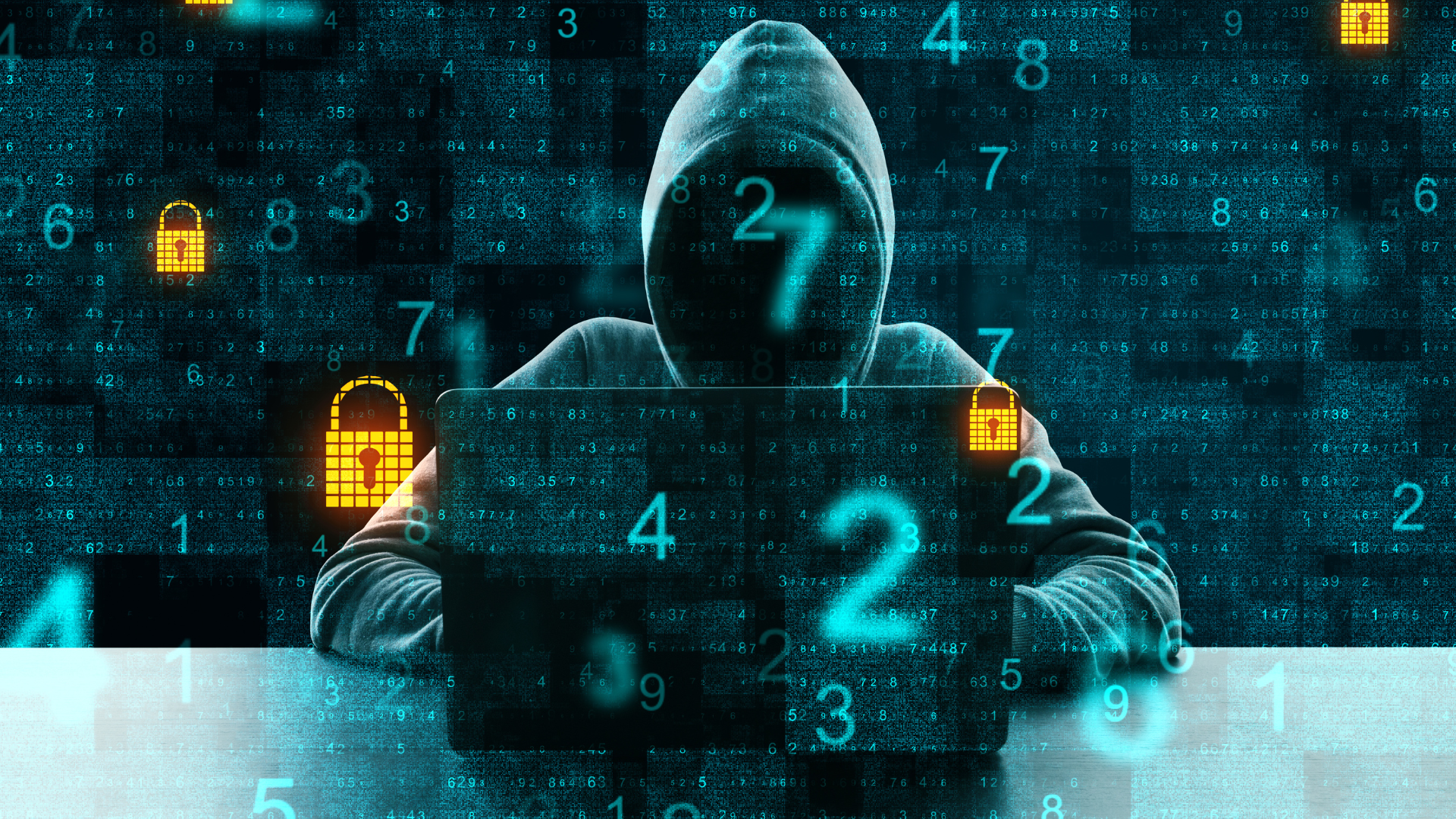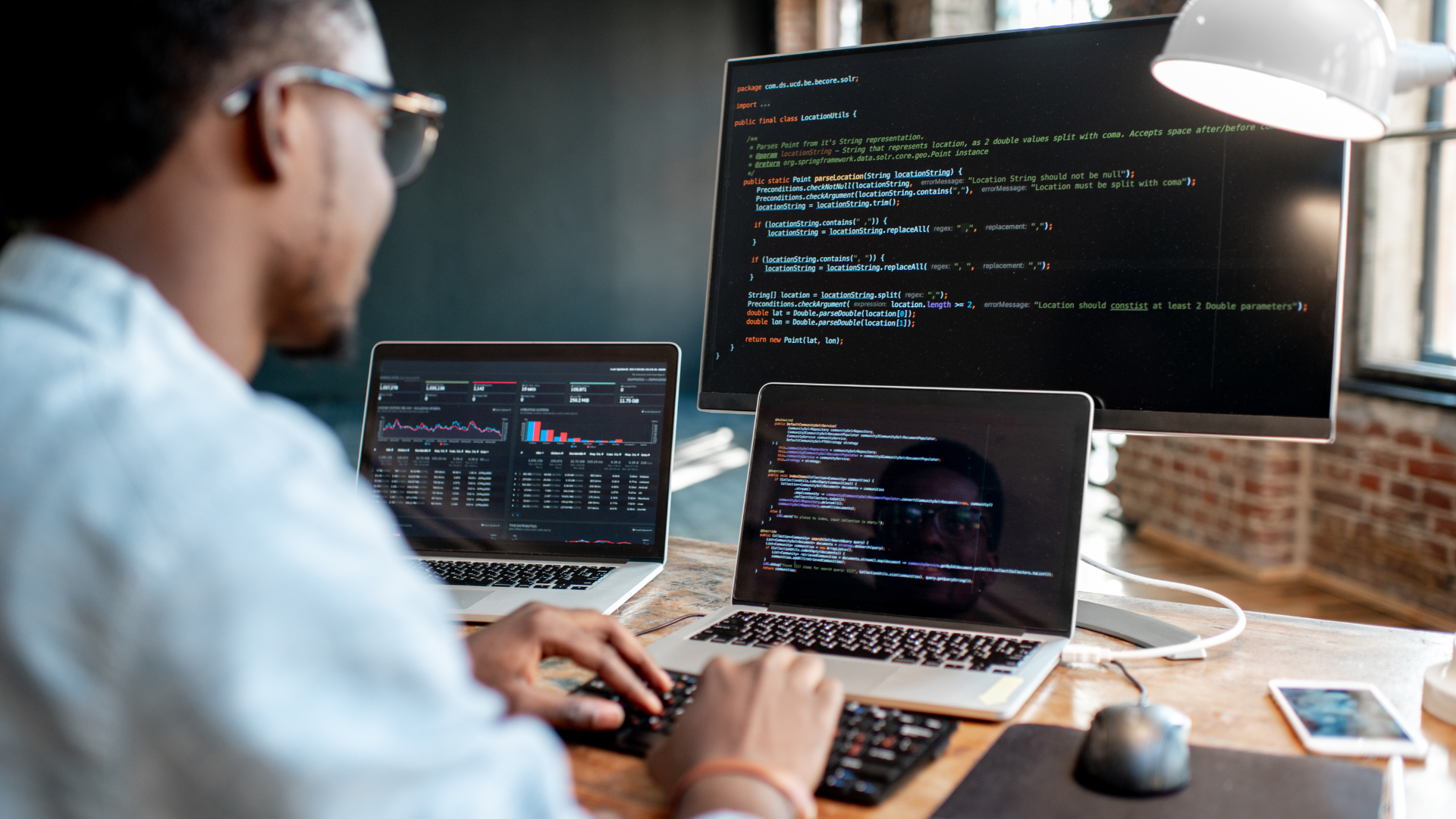
Staying Safe From a Computer Desktop Hack
In the digital world, a computer desktop hack can be devastating. It can leave your personal and financial information exposed, cause system failures, or even lead to identity theft. While it may seem impossible to prevent such an attack from happening, there are simple steps you can take to safeguard yourself and keep hackers at bay.
In this blog post, we’ll uncover some of the most effective ways to stay safe from a computer desktop hack, so let’s dive in!
What is a Computer Desktop Hack?
When it comes to computer desktop hacks, there are a few things you should know to stay safe. First and foremost, a hack is simply defined as unauthorized access to a computer system. This can be done in a variety of ways, but most hacks occur through some sort of remote connection, whether that’s through the internet or another network.
Desktop hacks are usually carried out to steal data or cause damage to the system. In many cases, hackers will target specific individuals or organizations in what’s known as a targeted attack. However, there are also instances of mass attacks that affect many users at once.
One of the most common types of desktop hacks is known as phishing. This involves hackers sending out illegitimate emails that appear to be from a trusted source in an attempt to trick the recipient into clicking on a malicious link or attachment. Once clicked, this can allow the hacker to gain access to the victim’s system and carry out their nefarious plans.
Another popular method used by hackers is malware. This involves infecting a computer with malicious software that can allow the attacker to take control of the system remotely. In some cases, malware can be used to encrypt files and demand a ransom for their return.
Other times, it can be used to simply destroy data or install unwanted programs without the user’s knowledge or consent.
Of course, these are just a few examples of how desktop hacking can occur.
How to Prevent a Computer Desktop Hack
No one wants their personal or professional information to be compromised by a computer hack. Unfortunately, hacks are becoming more and more common as technology advances. While there is no guaranteed way to prevent a computer desktop hack, there are some measures you can take to greatly reduce your risk.
Here are some tips for preventing a computer desktop hack:
- Keep your operating system and software up to date. Security patches are released regularly to address new threats, so it’s important to install them as soon as they become available.
- Use strong passwords and never reuse them. A strong password should be at least 8 characters long and include a mix of uppercase and lowercase letters, numbers, and symbols. If you’re having trouble coming up with a good password, try using a password manager.
- Be cautious about what you click on and download. Don’t open email attachments from people you don’t know, and only download files from trusted websites. If you do accidentally download malware, have a reliable anti-virus program installed that can detect and remove it before it does any damage.
- Enable two-factor authentication whenever possible. Two-factor authentication adds an extra layer of security by requiring you to enter a code in addition to your username and password when logging in to an account. This code is typically sent to your phone via text message or generated by apps.
How to Respond to a Computer Desktop Hack
If you think your computer desktop has been hacked, the first thing you should do is disconnect from the internet. This will prevent the hacker from being able to access your system further and give you time to assess the situation.
Next, you’ll want to run a virus scan on your system using an up-to-date anti-virus program. This will help to identify any malicious software that may have been installed on your system by the hacker.
Once you’ve scanned for viruses, you’ll need to change any passwords that may have been compromised. This includes passwords for email accounts, social media accounts, and any other online accounts that you use. Be sure to choose strong passwords that are difficult to guess.
If you’re still concerned about the security of your system, you may want to consider hiring a professional computer security specialist to help secure your system and protect your information.
Staying safe from a computer desktop hack is an important step to make sure your data and information remain secure. By making sure you have strong passwords, updating your antivirus software regularly, and keeping systems up-to-date with the latest security patches, you can help ensure that your system is less vulnerable to hackers and malicious attacks.
Taking these steps will not only protect your computer from hackers but also give you peace of mind knowing that your data is secure.
You May Also Like

The Best Google Chrome Extensions
September 16, 2021
How to Hide From Drones in the Age of Surveillance
November 21, 2020
